8 Nights / 9 Days
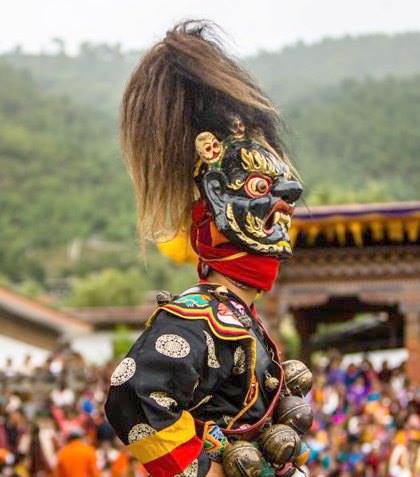
Entry / Camera Fees To Park And Monuments,
Additional Tour Or Car Usage Beyond The Suggested Itinerary,
Rope way Ride,
Boating,
Yak Ride,
Rafting,
Toy Train Ride,
Helicopter Ride,
Airport Tax Or Porter Charge,
Guide Or Escort Charge,
Insurance Coverage,
Mineral Water Or Beverage,
Meal Out Side Hotel,
Refreshment Cost On Arrival,
Laundry Charge,
Telephone Cost or anything of personal nature and not mentioned in the package.03-0201-06
Arrive Paro by Druk AirThe flight into Bhutan takes you close to the great Himalayas, offering dazzling scenic views of some world's highest glacial peaks. As you Thimphu Bhutan Tour Packageenter Paro valley, you will sweep past forested hills with the silvery Pa Chu (Paro river) meandering down the valley below. Paro Dzong (fortress) and Ta Dzong (watchtower) on the hills above the town will be a fine sight. Our representative will meet you at Paro airport, and after completion of arrival formalities you will be transferred to Bhutan's capital, Thimphu, an exciting blend of tradition and modernity.Overnight at the hotel in Thimphu.
Sightseeing in Thimphu valley includes : National Library, which holds a vast collection of ancient Buddhist texts and manuscripts, some dating back several hundred years, as well as modern academic books mainly on Himalayan culture and religion.Institute for ZorigChusum (commonly known as Painting School) where students undertake a six-year course on the 13 traditional arts and crafts of Bhutan. Textile and Folk Heritage Museum : These museums, both of which opened in 2001, provide fascinating insights into Bhutanese material culture and way of life. National Memorial Chorten : The building of this landmark was envisaged by the third king, His Majesty Jigme DorjiWangchuck, as a monument to world peace and prosperity. Completed in 1974 after his untimely death, it is both a memorial to the Late King ("the Father of modern Bhutan") and a monument to world peace. The paintings and statues inside the monument provide a deep insight into Buddhist philosophy. Trashichhoedzong : This impressive fortress/monastery houses Secretariat building, the throne room of His Majesty, the King and various government offices. It is also the summer residence of Chief Abbot and central monk body.Handicrafts Emporium : This government-run enterprise displays a wide range of beautifully hand-woven textiles and craft products. It also carries a small collection of books on Bhutan, Buddhism and Himalayan culture. Overnight at the hotel in Thimphu.
After early breakfast, drive up to Dochu-la pass (3,080m) stopping briefly here to take in the view and admire the chorten, mani wall, and prayer flags which decorate the highest point on the road. If skies are clear, the following peaks can be seen from this pass (left to right): Masagang (7,158m), Tsendagang (6,960m), Terigang (7,060m ), Jejegangphugang (7,158 m ), Kangphugang (7,170 m ), Zongphugang (7,060 m ), a table mountain that dominates the isolated region of Lunana - finally Gangkarpuensum, the highest peak in Bhutan at 7,497m. Then continue onwards, reaching Wangduephodrang town in time for lunch. From Dochu-la pass, it is a long, winding descent into the Wangduephodrang valley, which is about 1,700m below the pass. Take lunch at Wangduephodrang town, then continue on to Trongsa across Pele-la pass (3,300m/10,830 ft), the traditional boundary between east and west. The pass is marked by a large white chorten prayer flags. There is an abrupt change in vegetation at this point, with mountain forest replaced by high altitude dwarf bamboo. Stop en route at ChendbjiChorten, patterned on Kathmandu's Swayambhunath Stupa, with eyes panted at four cardinal points. It was built in the 18th century by Lama Shida from Tibet, to cover the remains of an evil spirit that was subdued at this spot. Arrive at Trongsa late afternoon and check into the lodge for the night.
After breakfast, visit Trongsa Dzong, built in 1648 it was the seat of power over central and eastern Bhutan. Both the first and second Kings of Bhutan ruled the country from this ancient seat. All five Kings were invested as Trongsa Penlop ('governer') prior to ascending the throne. The Dzong is a massive structure with many levels, sloping down the contours of the ridge on which it is built. Then drive to Bumthang, 68 km from Trongsa, a journey of about 3 hours, over the Yutong-la pass (3,400m/ 11,155 ft). The road winds steeply up to the pass, 28 km from Trongsa, then runs down through coniferous forest into a wide, open cultivated valley known as the Chumeyvalley. Overnight at the lodge in Bumthang.
Bumthang is the general name given to combination of four valleys - Chumey, Choekhor, Tang and Ura with altitude varying from 2,600m to 4,000m. It is home to many of prominent Buddhist temples and monasteries. Visit Kurje Lhakhang, where the saint Padmasambhava subdued a local demon and left his body imprint on a rock, the Jambay Lhakhang (7th century temple), Tamshing Lhakhang (housing some of the oldest wall paintings in Bhutan) and JakarDzong (administrative center of the region). Stroll in the village, visit the little handicrafts shop at the entrance to the town, and perhaps take refreshments at a local restaurant. Overnight at the lodge in Bumthang.
After breakfast, explore further the fascinating valley of Bumthang. Then proceed to Punakha, stopping along the way at Trongsa for lunch, which would be served in local restaurant, famous for its cuisine. Visit WangduephodrangDzong. Stretched along the hilltop above the confluence of Punakha Chu and Tang Chu rivers, the imposing WangduephodrangDzong is the town's most visible features. Overnight at the hotel in Punakha.
Morning visit Punakha Dzong, a massive structure built at the junction of two rivers. Punakha was Bhutan's capital until 1955, and Punakha Dzong still serves as the winter residence of the central monk body. Bhutan's first King, UgyenWangchuck, was crowned here in 1907. The fortress has withstood several damages from fire, earthquake and flood over the centuries. The latest flood, in October, 1994, caused great damages to the fortress but miraculously spared its most holy statue.
Then drive to Paro en route visit SimtokhaDzong. This dzong, built in 1627 by ShabdrungNgawangNamgyal, stands on a low ridge 8 km down the valley from Thimphu. The Institute for Language and Cultural Studies is located here. The most noteworthy artistic feature of this dzong is the series of over 300 finely worked slate carvings behind the prayer wheel in courtyard. Afternoon visit Ta Dzong, originally built as Watchtower, which now houses National Museum. The extensive collection includes antique thangkha paintings, textiles, weapons & armour, household objects and a rich assortment of natural and historic artifacts.
Then walk down the trail to visit RinpungDzong, meaning ("fortress of the heap of jewels"), which has a long and fascinating history. Along the wooden galleries lining the inner courtyard are fine wall paintings illustrating Buddhist lore such as four friends, the old man of long life, the wheel of life, scenes from the life of Milarepa, Mount. Sumeru and other cosmic Mandala.Overnight at the hotel in Paro.
After breakfast, excursion to Taktsang Monastery. This most famous of Bhutan's monasteries is spectacularly perched on the side of a cliff 900m above the Paro valley floor. Taktsang is a place of pilgrimage which Bhutanese try to visit at least once in a lifetime. It is said that in the 8th century Guru Rinpoche flew on the back of a tigress from eastern Bhutan to this place and meditated in a cave here for 3 months, hence its name, "Tiger's Nest". The site, which has long been recognized as a most sacred place, was visited by ShabdrungNgawangNamgyal in 1646. The principal lhakhang of the present monastic complex dates from 1692. The main structure was severely damaged by fire in 1998, but after many years of painstaking renovation work, the complex has now been fully restored to its former glory. After lunch, we drive up the valley to DrukgyelDzong, built in 1647 by the Shabdrung to commemorate the Bhutanese victory over the Tibetans in war of 1644. though largely destroyed by fire in 1951, the towering outer walls and central keep remains an imposing sight. On a clear day, there is a splendid view of mt.Chomolhari from the approach road to DrukgyelDzong. Evening, visit Kyichu Lhakhang, one of the oldest and most sacred shrines of the country, built in the 7th century by the Tibetan king, SongtsenGampo. Overnight at the hotel in Paro.
After early breakfast in the hotel, drive to the airport for flight to onward destination.
Important Notes about Car and Hotels:
Permit:
Climate:
Clothing:
Cancellation-Rules:
Altering the confirmed plan before tour starts:
Altering the confirmed plan during the tour:
Declaration:
Your opportunity to explore the World...
Holiday Plannrs is a premium travel company offering world class holidays in India and especially Northeast zone, with tour executions to meet every single requirement of our clients travelling anywhere around the globe ... Your satisfaction is our Moto. Holiday Plannrs is leading Tour Company committed to provide comfort tours. We are passionately dedicated to excel in delivering quality travel services, holding high ethical standards with a strong belief in establishing mile stone in the Tourism Industry. Our belief in honest transparent deals and commitment to our valued guest with “NO HIDDEN COST”. Uncompromising services motivates us to strive for 100% guest satisfaction. Immense goodwill that’s what we Holiday Plannrs truly believe to earn. Our totally dedicated and hard working team round the clock for complete guest satisfaction. The team of professionals with pleasing personalities have a way of winning over hearts effortlessly with their professionalism & warmth. With Holiday plannrs you can be assured of hassle free, safe and secure vacations. Our top priority and main concern is the security of our clients. At Holiday Plannrs, from youngsters to senior citizens, couples to families, every single participant enjoy our tour to the maximum. Our personal attention ensures a long term association with our valued guests with their repeated returns each year. Many lifetime friendship & bondings happen to begin on Holiday Plannrs..........!!! Read More...
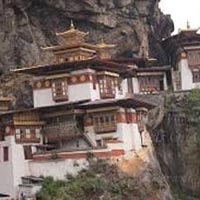 4D/3N
4D/3N
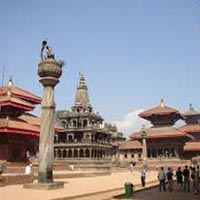 4D/3N
4D/3N
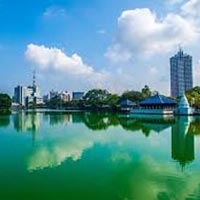 5D/4N
5D/4N
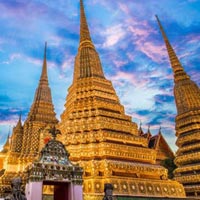 5D/4N
5D/4N
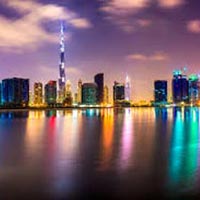 5D/4N
5D/4N
 4D/3N
4D/3N
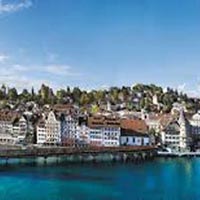 6D/5N
6D/5N
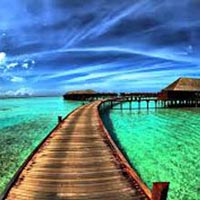 5D/4N
5D/4N
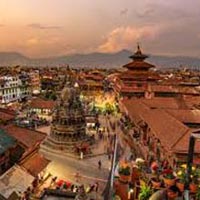 14D/13N
14D/13N
 9D/8N
9D/8N
Birding Tour for Corbett and Uttarakhand
Corbett - Pangot - Kumaon - Sundargarh - UP East - Sahibabad
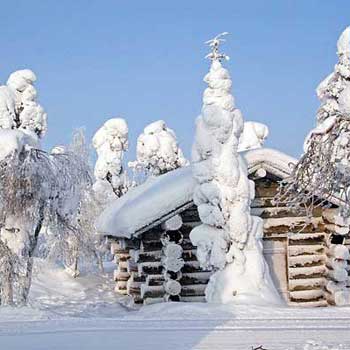 9D/8N
9D/8N
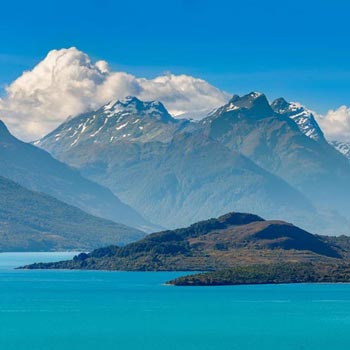 9D/8N
9D/8N
Honeymoon Tour To New Zealand - Colors O..
Auckland - Rotorua - Queenstown - Christchurch
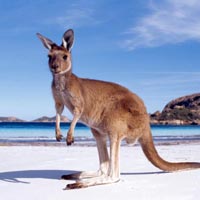 9D/8N
9D/8N
 9D/8N
9D/8N
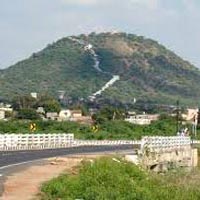 9D/8N
9D/8N
Ahmedabad - Bhuj - Kutch - Dwarka - Somnath - Rajkot - Sasangir
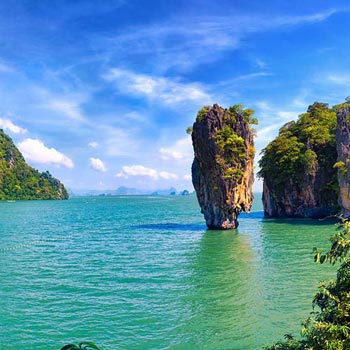 9D/8N
9D/8N
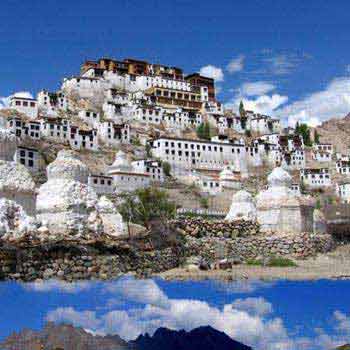 9D/8N
9D/8N
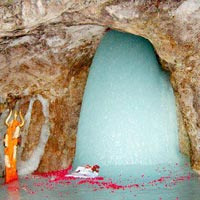 9D/8N
9D/8N
New Delhi - Katra - Anantnag - Srinagar - Ganderbal - Baramulla
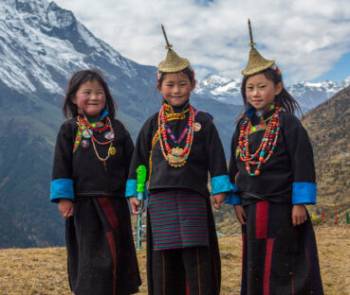 5D/4N
5D/4N
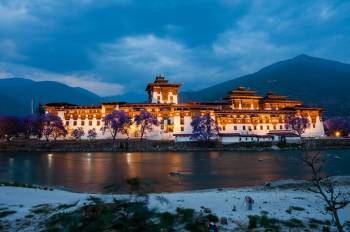 7D/6N
7D/6N
6 Nights/ 7 Days - Bhutan Happiness Tour
Punakha - Bumthang - Paro - Thimphu - Phobjik
 20D/19N
20D/19N
20 Days Land Package Country Tour BHUTAN..
Punakha - Paro - Phuntsholing - Bagdogra - Bumthang - Mongar - Trashigang - Trongsa..
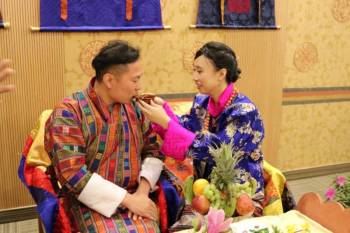 4D/3N
4D/3N
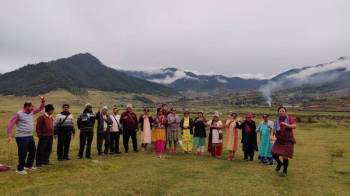 6D/5N
6D/5N
 7D/6N
7D/6N
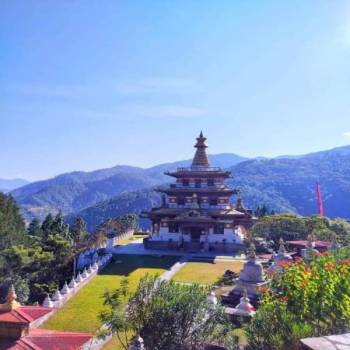 7D/6N
7D/6N
Rimso 7 Days 6 Nights Bountiful Tour fo..
Thimphu - Punakha - Paro - Phuentsholing
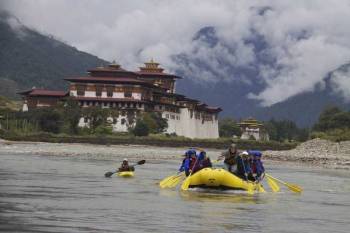 7D/6N
7D/6N
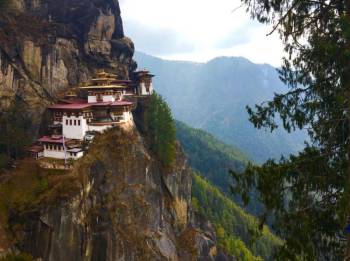 8D/7N
8D/7N
Jalpaiguri - Thimphu - Paro - Punakha - Phuentsholing